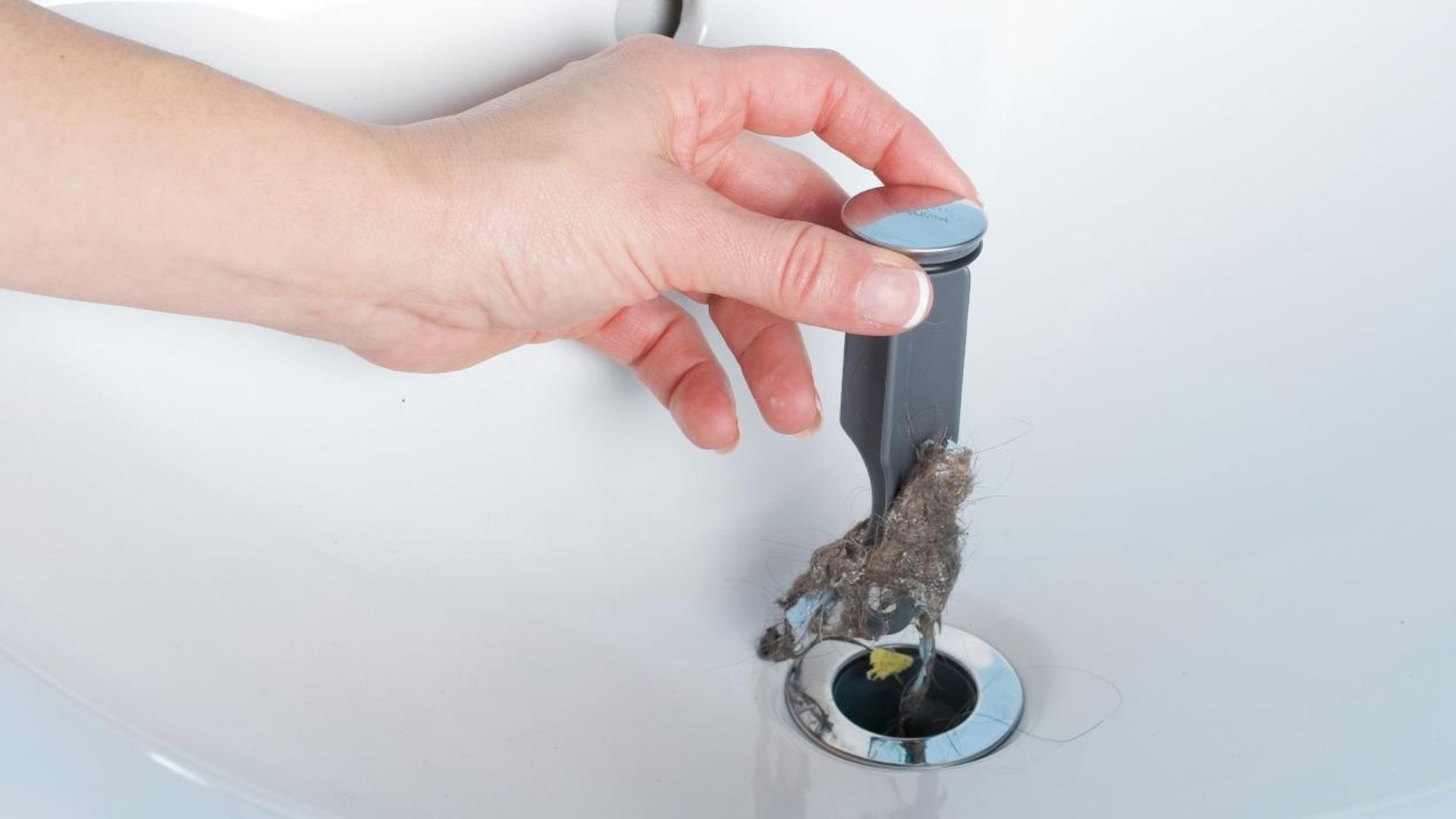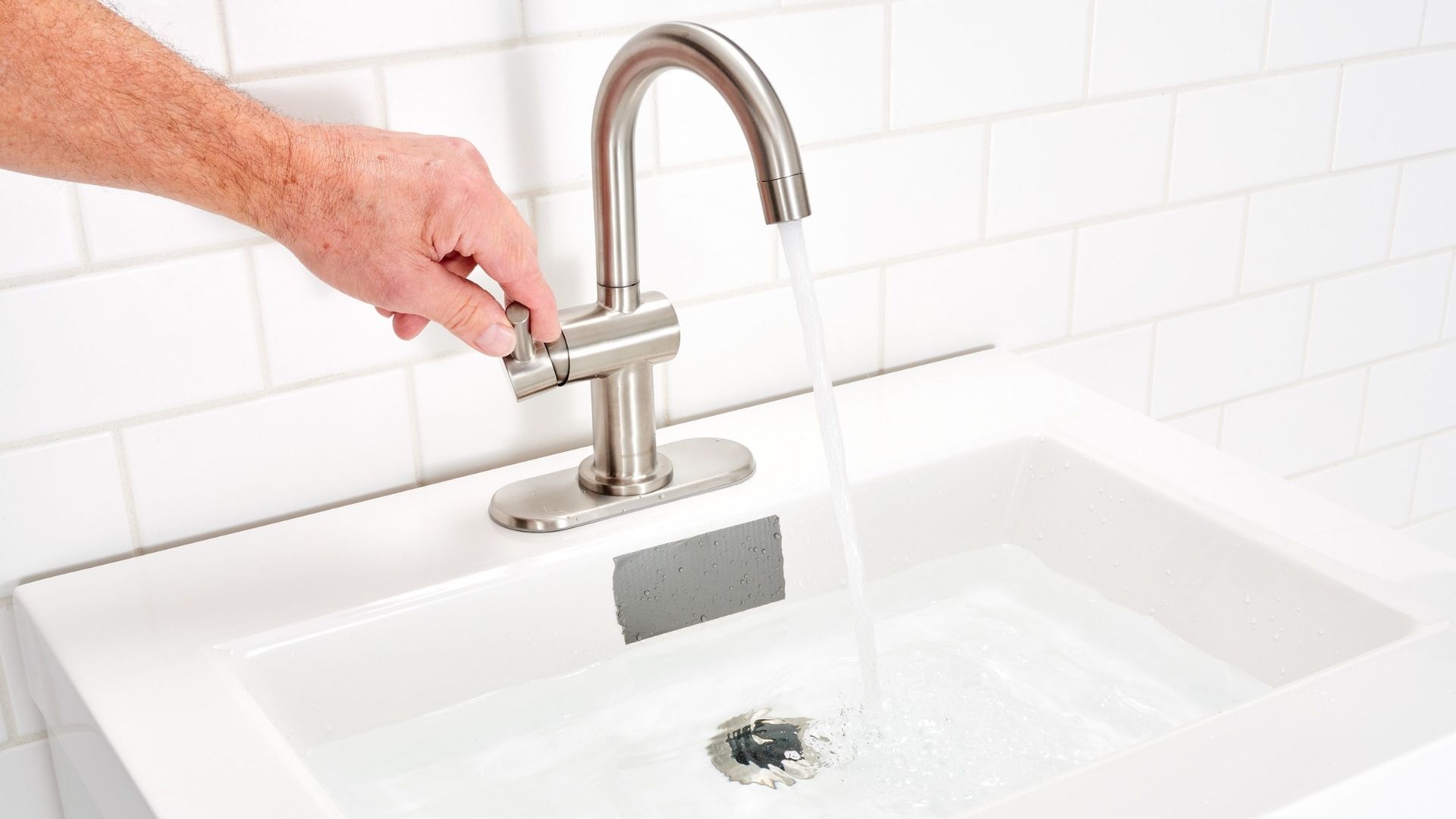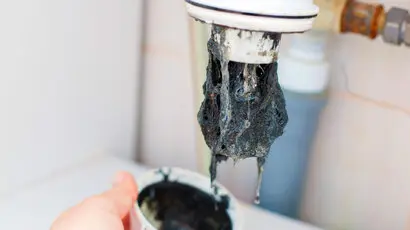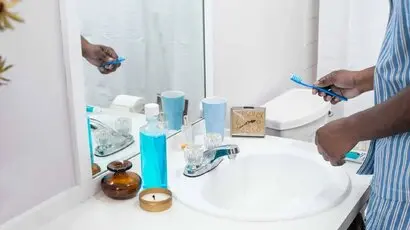Guide To Unblocking Your Bathroom Sink
Is the thought of a blocked bathroom sink making you frustrated? Then we’re here to your rescue with a brief guide on the best DIY methods to unblock it.
Is your bathroom sink blocked? Is the stagnant, foul-smelling water in a sink synonymous with a nightmare?
Aside from making it impossible to go near it, such a situation can cause severe damage to the pipe, wall, or floors. And you may not have the luxury of calling professionals when you see a blocked bathroom sink.
In this guide, we’ve gathered some of our top DIY methods to clear a clogged bathroom sink. The best part? You won’t have to empty your wallet trying them out.
So, let’s get started with tips to fix that blocked sink!

We didn’t want to intimidate you from the start, so we had to start the list with something simple yet effective. Hot water fits both these criteria.
Just take some water in a pot or container and bring it to a boil. Once done, please wait a few minutes to bring down the temperature and pour it into the mouth of the drain from a considerable height. But be careful not to splash the hot water on your clothes or body.
Wait for some time to allow the heat and water to break down the materials, and then pour some cold water down the drain to see if the clog has reduced. Depending on the nature of the clog, you may have to employ this method multiple times a day or regularly for a few days.
However, pouring boiling water wouldn’t be a good idea to clear pipes made from PVC or heat-sensitive materials.
If hot water isn’t doing the trick and you want to feel like a scientist while unclogging your bathroom sink drain, our next suggestion is worth checking out. Head to the kitchen, measure out one baking soda and vinegar cup and pour them simultaneously into the sink opening.
The resultant, fizzy chemical reaction breaks up clogs, especially those formed from the prolonged accumulation of organic matter. Wait 30 minutes to an hour, then flush the drain by pouring hot (not boiling) water. Run some more water to see if the flow has improved.
If you don’t have enough vinegar for this method and don’t feel like stepping out to get some, replace it with cooking salt and employ the same process.
It might sound odd, but fizzy drinks can actually help clear your bathroom sink. If you happen to have any old bottles or cans gathering dust, give this method a try before tossing them out.
Pour some of it at a time, wait for 20-30 minutes, and repeat until the clog is cleared. You can check if the water flow has resumed by pouring a little water before pouring the next round of soda. And once you’re satisfied, wash the sink by running hot water. We suggest putting a bucket underneath the sink to catch any overflow and avoid a sticky mess!
Caustic soda, or sodium hydroxide, is a typical household chemical used to tackle clogs. But be careful—it’s corrosive, so you need to take precautions before diving in.
Firstly, protect your skin and eyes by wearing sufficiently long clothes, rubber gloves, and eye protectors to limit the possibility of coming in contact with caustic soda. You’d need to dilute the chemical using cold water, and we’d suggest using wooden utensils (bowl and spoon).
After preparing the mixture, pour it down the sink and let it work for about 30 minutes. You will hear a fizzing sound, just the chemical reaction of the baking soda breaking through the tough clogs. In hindsight, it generates the heat required to penetrate the clog, destroying it. You can also add some white vinegar.
Pour a considerable amount of hot water to flush everything down, which will help resume normal water flow. Again, you may need to repeat this method several times before the drain completely clears the clog.
Sometimes, sink clogs may be too intense to break despite exposure to the abovementioned methods, chemicals, and solutions. In such cases, you may need to physically remove some (or all) of it, so we will now talk about a few handy tools to clear blocked sinks and how to use them.

If you’ve got an old wire hanger that’s no longer serving in your wardrobe, repurpose it to fish out hair, paper, and other blockages from your pipe.
Unravel the hanger using pliers to get a straight wire, and bend one of its ends to form a hook-like shape. We’d strongly recommend gloves for this step, as the wire might cut or scratch your hands.
Then, remove the drain stopper and insert the wire hook. Keep pushing it in until you face resistance—this will likely be the source of the blockage. Slowly rotate the wire in an anticlockwise or clockwise motion so that the hook can collect the debris.
Once you think you have done enough, pull it slowly to bring out the collected gunk. Repeat this process a few times until you have removed most of the debris. Then, put back the sink stopper and pour hot water for the final flushing.
Plungers work best when stagnant water in the sink doesn’t flow down, which is generally caused by a clogged drain stopper. Place the bathroom plunger head close to the drain stopper and create an airtight seal around it. At the same time, insert old racks to block any other drain openings.
Then, use the handle to employ gentle to-and-fro motions. This will help break down the clog and restore the water flow.
A drain snake or plumber’s snake is an effective tool for clearing stubborn clogs accumulated over time. You can use it as the wire hanger we mentioned earlier, so you’d start by inserting the snakehead into the pipe and stop when there’s resistance.
As the next step, rotate the manual crank or handle to break down the clog-causing materials and collect the debris like hair, thread, pieces of paper, etc. After you’re done, slowly pull the snakehead out and pour boiling water into the sink.
It’s crucial to recognise the signs of a clog and how to prevent them. One simple tip is to use a drain filter to catch things like food bits, hair, and soap scum before they can cause trouble. Just empty the filter daily to keep everything flowing smoothly.
Besides, you can use some of our tips for keeping your pipes free and clean regularly, even if there isn’t a sink clog.
Older pipes are also more susceptible to clogs, as the damaged and corrupted interior can slow the water flow. If the pipe’s exterior has started rusting or losing its colour, it may be time to replace it.
However, if the plumbing issues are more serious, such as tree roots in your pipes, you will need a professional to assist you with removing and repairing any damage.
No longer will you be burdened by a slow drain or clogged bathroom sinks! Now that you’re more equipped to tackle a clogged bathroom sink, you can bid your anxieties goodbye. However, in some cases, you may be required to dismantle and clean the pipe thoroughly.
So, if you haven’t removed the U-trap (the part below the sink) before, we’d suggest getting a professional plumber. Remember, you can contact us anytime if you are experiencing a blocked bathroom sink in Melbourne.
And we will soon be back with more such guides!
Blocked drains are a common plumbing problem that property owners have to deal with. Here, we are looking at one of the most common ones: Read Now.
Catching these early blocked drain symptoms quickly can prevent major clogs, overflows, or sewer backups. This article outlines the top signs of impending drain blockages and how to tell if your sink, tub, shower or other drains may be partially clogged and need professional drain cleaning services.
Not sure how to deal with smelly bathroom drains? Don’t be embarrassed by an unpleasant odour in your bathroom. Follow our DIY guide to eradicate smelly drains at home.


